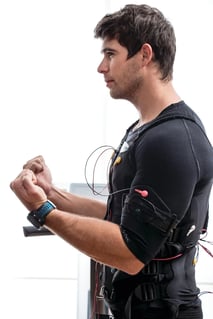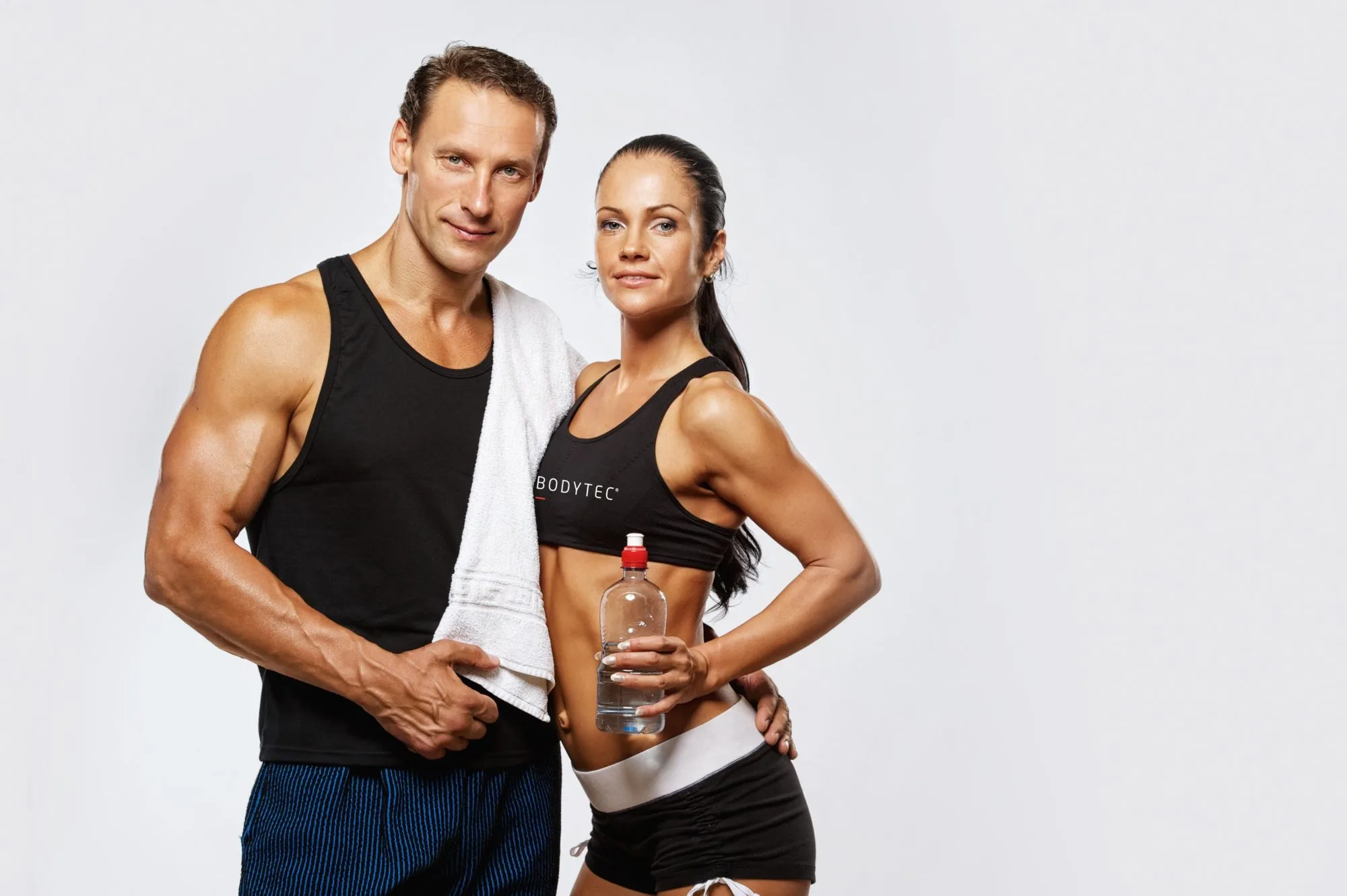Look up EMS training, and you’ll find it hailed by one lean and lithe celebrity after the other, including Heidi Klum, Elizabeth Hurley, and Madonna. But can you really replace your five-times-a-week, hour-long gym sessions with just 20 minutes of electronic muscle stimulation and simple resistance movements? As it turns out – depending on what you want to achieve, of course – you may be able to do just that.
I was excited to test out BODYTEC’s EMS training for a couple of weeks and find out for myself what benefits it held for my fitness regime.
What is Electro Muscle Stimulation (EMS)?
The technology involved causes 90% of your muscles to be activated through electric impulses. When your muscles then practice traditional, low-impact exercises, your muscles contract at a much higher intensity. The result is an intense, full-body workout, the effects of which you will feel as intense within 48 hours of the session – irrespective of your fitness level.
At the Rosebank studio in Johannesburg, I poured myself into a skin-tight black Lycra suit – with absolutely no underwear allowed – that would be spritzed with water.
I was then strapped into the electrode jacket, with its belts strapped around my arms, waist, lower back, thighs, and buttocks, where after the jacket was connected to the electrodes. These are directly above the muscle, and my instructor would direct me to do simple, functional movements such as lunges, squats, twists, and bicep curls.
Sounds easy, doesn’t it?
Not half, it isn’t. First off, the feeling of the pulses crawling through your muscles is very strange, almost like a vibration under your skin. Imagine having to lift your arm above your head, but a powerful force if holding you back. Repeat the exercise with different movements for 20 minutes, and you’re out of breath and sweating. In addition, each session will be harder than the previous one, and as the intensity is picked up each week, it can get pretty painful.
This is to ensure that your muscles get stronger with each session and to encourage progress.
Does it live up to its promise?
Understand me when I say stiffness afterward is extreme. I’ve done both the Cape Town Cycle Tour and the 94.7 Cycle Challenge, along with my fair share of week-long hiking trips, and I enjoy an active lifestyle overall. Nothing, however, can compare to Day 2 after one of these sessions.
On the other hand, I would say it’s definitely worth it. The science behind the EMS methodology is sound, and it is an especially effective way to fit the effects of longer, conventional weight-training sessions into an intense but meager 20 minutes. As such, it is a good solution for those who need to budget every hour of their day.
It’s also suitable for anyone between the ages of 16 (with parental consent) and 85 because there is a decreased risk of injury since it is a weight-free, strength workout that doesn’t put pressure on your joints. If you are training for an event and you’re looking to tone up and build muscle, EMS training will be a good addition to your weekly fitness regime.



